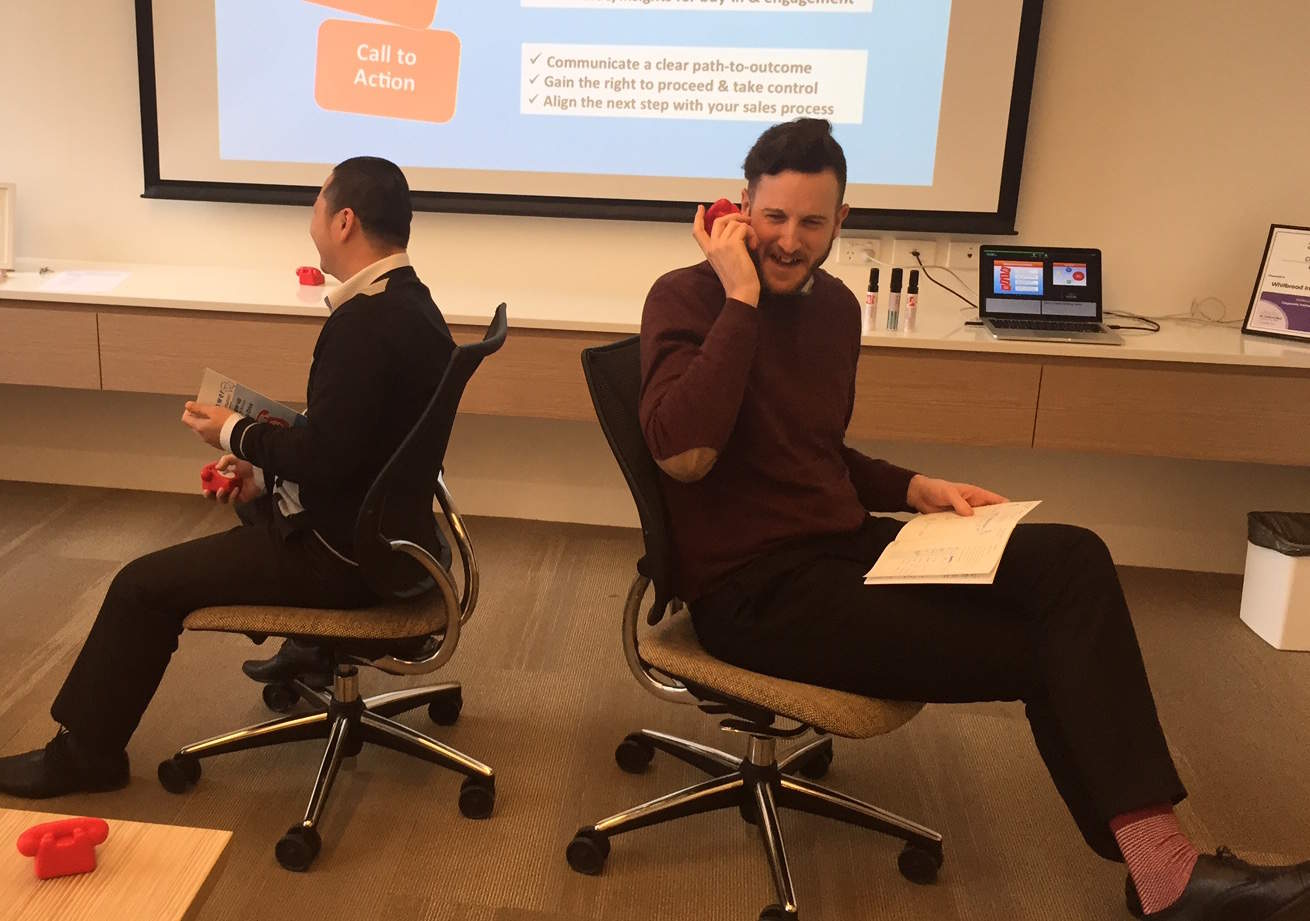… And brace yourself for a series of exhilarating simulations of language situations. Get to know your instructor both as a helpful colleague AND as a bothersome client. Pitch in with design and witness a model simulation. Tighten your grasp on the conversation with every run of the simulation you execute yourself. Get debriefed and exit with renewed confidence in your language skills.
Enter the simulator...
Enter the simulator….
Technical specifications
OC-34A CONTEXTUAL SIMULATOR
The course consists of a series of tasks around which the student and the teacher cooperate. Their cooperation concerns both the design and the execution of the tasks. For some tasks, the student will come up with most of the design. For other tasks, the student’s participation in the design will be limited to conveying needs and expectations. But regardless of how the design comes about, when the task is executed the student will invariably lead the dance – supported by the teacher who acts as a sounding board and as a source of additional information. And although the target language plays an indispensable part, it is still only a means to an end, namely solving a non-linguistic problem. The non-linguistic problem is presented in the form of a gap that needs to be filled or bridged by means of a series of cognitive acts. These acts are dependent upon verbal interaction for their input and output processes. And last but not least, the non-linguistic problem is directly inspired by a concrete problem in the student’s work or life.
The non-linguistic problem introduced above is presented in the task as a gap that can be filled or bridged in any of three ways. All these three ways depend on verbal interaction for the acquisition of data and the verification of the solution*:
-
Information exchange. For example, a secretary (student) has to make an appointment for her boss. She has access to her boss’s calendar but does not know when her contact (teacher) is available. She will have to supplement that information by making a phone call.
-
Reasoning. For example, a receptionist (student) is asked by a visitor (teacher) for directions to Meeting Room C. The student has a floor plan at his disposal. In this case, the steps to be completed by the student are: 1) from an unstructured representation (the floor plan), deduce a structure that links the reception desk with the meeting room; and 2) communicate the result to the teacher (visitor) by way of verification.
-
Argumentation. For example, an architect with an urban planning service (student) meets with a contractor (teacher) who advocates a violation of the building code. In order to rebut the teacher’s argument, the student will have to 1) compose a counter argument, and 2) verbally convey her counter argument so as to assess its effectiveness.
The solution of the non-linguistic problem constitutes the actual task. It is preceded by a pre-task.
The pre-task is the phase where the actual task is designed and the student gets to witness a model solution for it. As far as designing the task, there are two possibilities: (1) the student and teacher work jointly on the design, or (2) the teacher single-handedly implements the design on the basis of input provided by the student. The model solution presented to the student can take many forms: a demonstration by the teacher, a video, an audio recording, a transcript, or a (series of) picture(s).
Following the task, there is a review phase. The student and teacher engage in a reflective activity, such as discussing a video or audio recording of a run of the simulation, or transcribing and/or analyzing the verbal interaction that led to the solution of the task.
*Prabhu, N. S. (1987). “Second Language Pedagogy”. Oxford University Press.
For an example of intended use, see below.

© Copyright 2022 OpenContext
